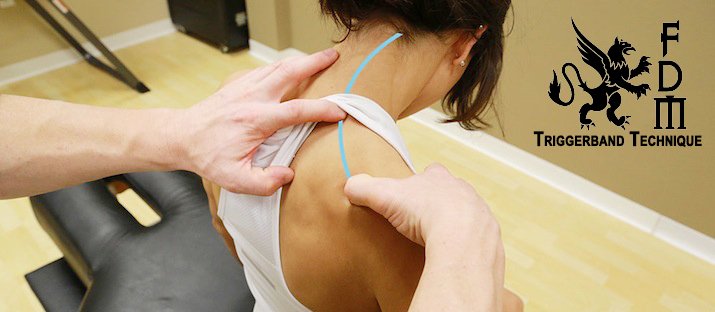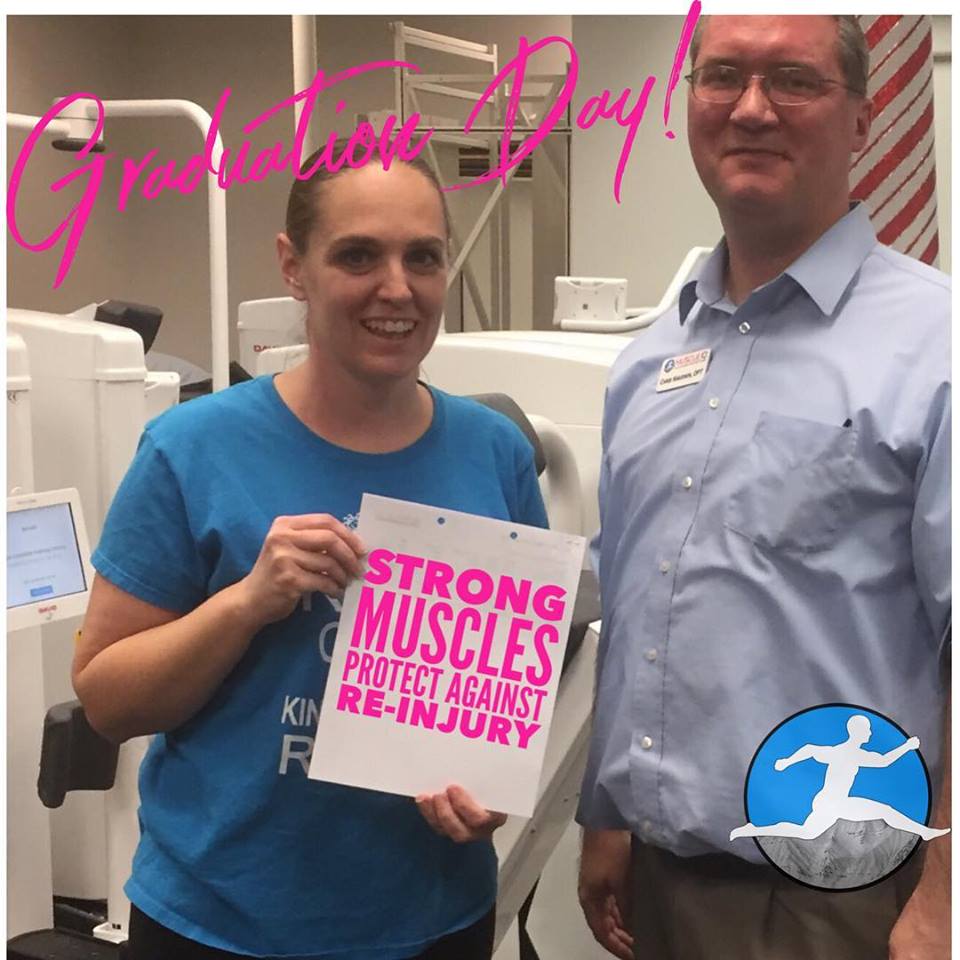Contact Info
- 3000 N. University Ave Suite 100, Provo, Utah
- 801-310-0851
Instruction Download
Fascial Distortion Model
Fascial Distortion Model Now Available in Provo! What is FDM? ---- A new and effective method of pain therapy
In 1991 an osteopathic physician specializing in emergency medicine, Dr. Stephen Typaldos D.O., discovered regularly recurring patterns in the pain descriptions of his patients. Upon these he built up a novel concept of diagnosis which is based on body language (usually hand gestures) and the description of symptoms by his patients.
Dr. Howard Knudsen received his Fascial Distortion Model International Certificate in March of 2017. He has had over 200 hours of training through the European Fascial Distortion Model Assocciation, the American Fascial Distortion Model Assocciation, and an FDM training group associated with the Typaldos family. He received FDM training in Toronto, Poland, San Jose, Boise, Maui, and Amsterdam. He also attended the World Congress of FDM in San Antonio.
Dr. Chris Knudsen has been using the Fascial Distortion Model in practice since 2016 under the mentorship of Dr. Howard Knudsen. He has had over 65 hours of training from the FDM Academy in Pheonix, Cleveland, and San Diego, taught by the President of the AFDMA, Todd A. Capistrant, DO, MHA.
In FDM, the patient is the expert of his body.
Dr. Howard Knudsen: "For me as therapist, it was an unbelievable and educational experience when I was allowed to learn that the patient himself was the expert for a successful treatment of his ailments. Through his body language and the exact description of his symptoms, he shows the therapist the right choice of methods for the treatment. He becomes a “compass” for the therapist to localize the respective fascial distortions to be able to treat them. The patient takes part in the treatment and can trust his own perceptions. In FDM only the patient is right!"

FIND IT and fix it fast!
FDM is presently the most effective manual pain therapy. By means of body language and pain description the therapist is immediately in the position to pinpoint the problem and help the patient with manual techniques. FDM is especially suitable for pain within the musculoskeletal system. Now, many "known" therapy-resistant conditions (chronic pain patients) can be successfully treated with FDM. Due to the quick therapy success, FDM has become very popular among athletes. Presently FDM is the fastest growing form of therapy in Europe.
The Fascial Distortion Model allows precise and effective treatment of pain found in the musculoskeletal system. FDM enjoys greater and greater popularity because of the fast and long-term treatment success. The individualized diagnosis allows a focused and efficient treatment. The immediate removal of the so called distortion leads to minimal absence from work or sports and reduced regeneration time. So it`s possible that a specific part of your back pain disappears after one treatment. This allows us to address the underlying muscle weakness for a long-term fix to your problem.
what is FASCIAL DISTORTION MODEL?
The term "Fascial Distorsion Model (FDM)“ is a combination of 3 separate words:
Fascia is connective tissue. According to the FDM, they are the key to diagnosing and treating a variety of physical ailments. Today, medical science acknowledges the importance of fascia in the human body, a fact backed up by a growing number of scientific studies into the FDM therapy model.
Distortions are twists, wrinkles, entrapments, deformations or dislocations of fascia. Each FDM therapy session aims to correct these distortions with specific techniques of manualtherapy. Once corrected, a considerable or complete reduction of pain will be noticeable to the patient.
FDM is a clinical model. Through the collection of empirical data, Stephen Typaldos, D.O., FDM’s creator, developed a model representing the correlation of specific fascial distortions, traditional diagnoses and effective treatment options. Physicians and physical therapists practicing FDM are utilizing the Fascial Distortion Model in order to arrive at a precise individual diagnosis and to choose a specific treatment.
Dr. Knudsen was introduced to FDM through Matt Booth, PT in Boise, ID. He was one of the first physical therapist to be trained in the United States.

A case study...
I was treating a patient for back pain when she called to cancel her appointment that day because she had sprained her ankle. One of my staff members told her to keep her appointment because it would be best to fix her ankle problem today... and that there was no reason to wait. When she arrived, her sprained ankle showed moderate swelling and it was tender to the touch. The patient described her pain as a burning, pulling sensation and she made a sweeping motion along the outside of the ankle. She also described a stabbing pain along the front of the ankle as she poiinted to a spot with one finger. Her ankle mobility was restricted. She was barely able to put weight on the injuried leg and walked with a severe limp.
Medical Model = "Nursing Back to Health" : The reason she assummed she should cancel her appointment that day and rest it for a few weeks is because this is what conventional medical model dictates. Her physician had likely told her in the past that an ankle sprain needs rest, ice, a compression wrap with an immobilizer and elevation of the leg (A.K.A. R.I.C.E.). She would also likely be prescribed an over-the-counter anti-inflammatory medication. Prognosis? The patient can resume physical activity a few weeks later.
FDM approach and treatment: My FDM impression or hypothesis of this patient’s condition was that she had two different fascial distortions. These distortions were corrected manually, using brute force. After treatment, the patient was pain-free and was able to walk normally. She was able to resume unrestricted physical activity after the first visit. She did not need a second treatment for her ankle sprain, even though she was still seeing me for chronic back pain (which was more complicated and took more visits to resolve).
What do our patients say about Muscle IQ and fdm?
"It's like Magic! My wife was worried that I might have a rotator cuff tear and I did not want to have surgery. When I came to Muscle IQ on the first day I couldn't use my left arm for anything because my shoulder hurt too much. Within 10 minutes of starting treatment on my shoulder I could lift a big dumbbell up over my head without pain. Truly amazing! That first day really gave me hope and confidence. I new that day that I was not going to need shoulder surgery."
